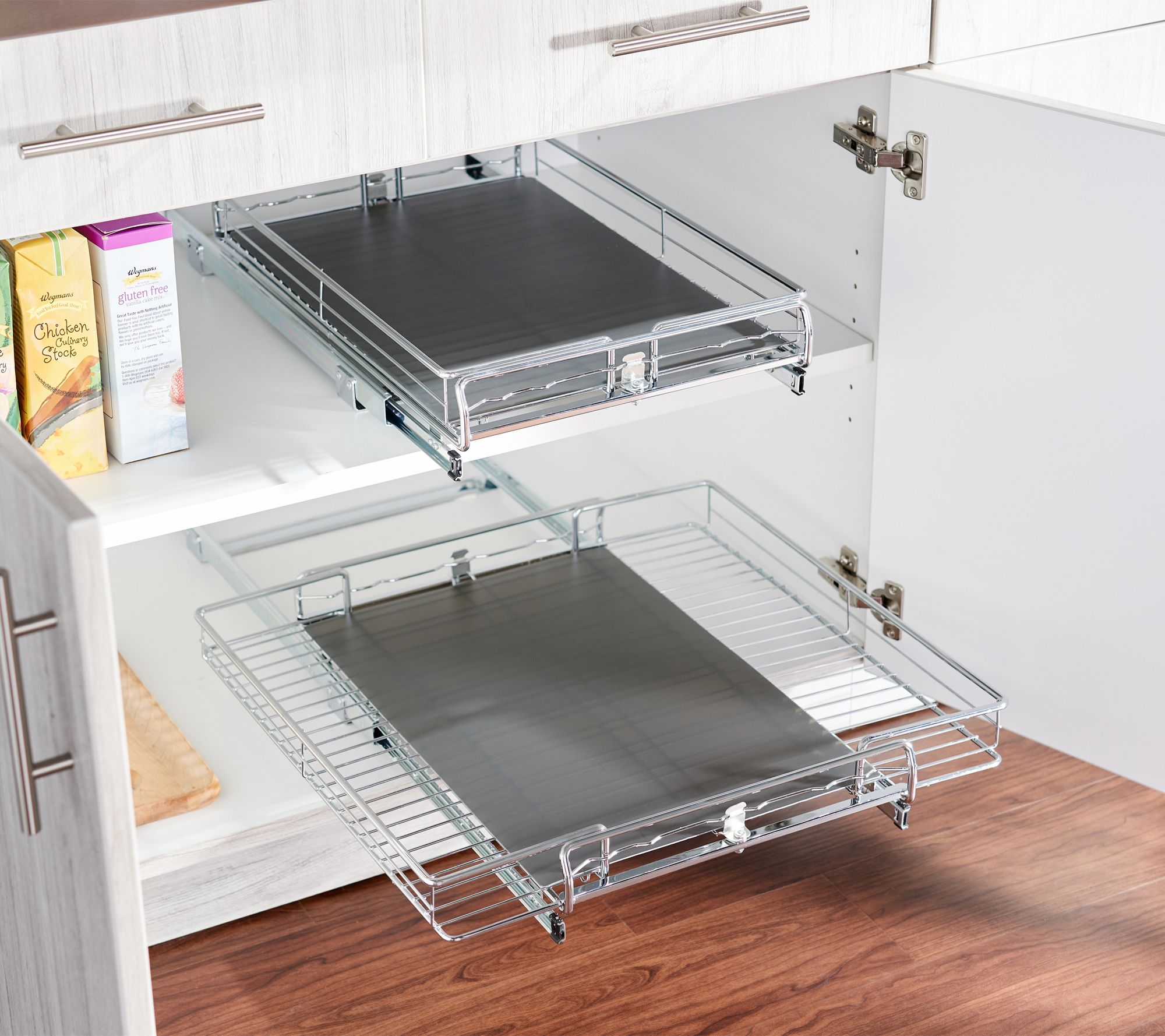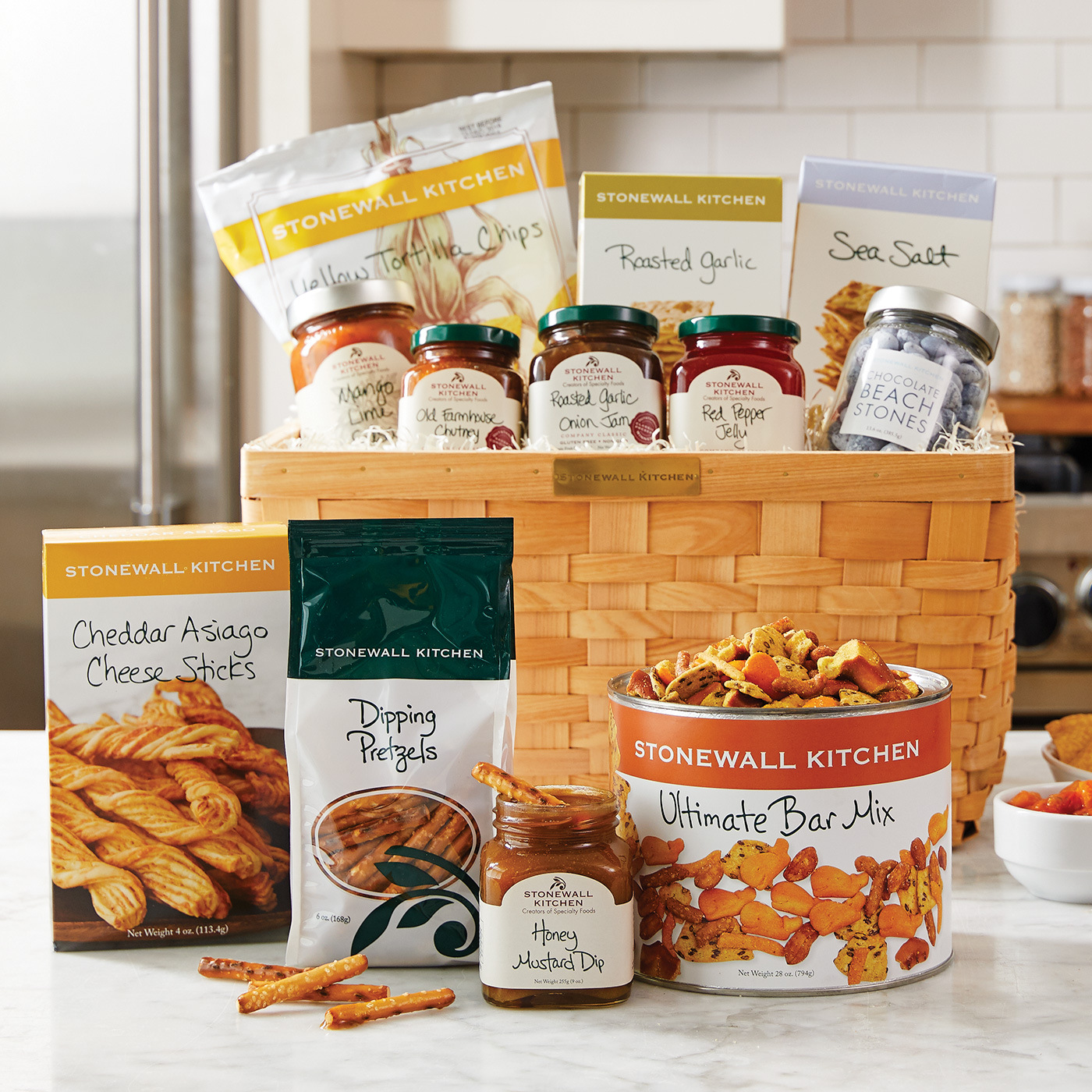Kalorik® Pro Double Griddle and Cooktop, Stainless Steel
Introducing the New Kalorik Pro Double Griddle and Cooktop in Stainless Steel finish. Replicate your experience of grilling outdoors, inside your home. This unit has a large cooktop surface to cook for your entire family. Temperatures reaching up to 500°F with adjustable silver chrome knobs. features two separate griddles and a cooktop in one unit.
Introducing the New Kalorik Pro Double Griddle and Cooktop in Stainless Steel finish. Replicate your experience of grilling outdoors, inside your home. This unit has a large cooktop surface to cook for your entire family. Temperatures reaching up to 500°F with adjustable silver chrome knobs. features two separate griddles and a cooktop in one unit.
- Kalorik Pro Double Griddle and Cooktop, Stainless Steel
- 2 in 1 – 22” Griddle and double cooktop
- Temperatures reaching up to 500°F with adjustable silver chrome knobs
- Features two separate griddles and a cooktop in one unit
- Stainless steel construction ensures durability and ease of cleaning
- Non-stick surface makes food release easy and mess-free
- Double griddle design allows you to cook two different types of food simultaneously
- Compact size makes it easy to store and transport
- New in box
Additional information
| Features | Dishwasher Safe Parts, Non-Stick, Temperature Control |
|---|---|
| Manufacturer Part Number | GR 52331 SS |
| Assembled Product Dimensions (L x W x H) | 14.25 x 24.09 x 5.08 Inches |



/catseye-(kara).jpg?w=480&h=600&fit=crop&crop=focalpoint&fp-y=0.8089887640449438&fp-x=0.472109375)


by Chris
It was great
by David
It’s very good for the price.
by Sean
Great Grill easy to use easy setup.
by Fabian
It was on sale for $64 off!! I absolutely love it, the non stick finish is amazing, and it gets hot super fast!
by Gordon
Everything was really good.
by Rose
love how it’s easy to assemble and big enough to cook for my big family in one go.